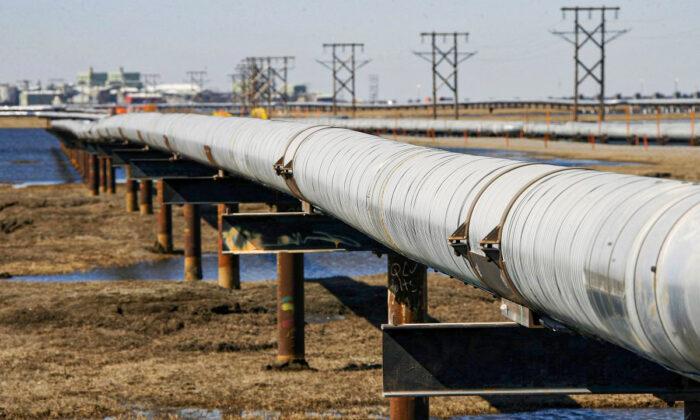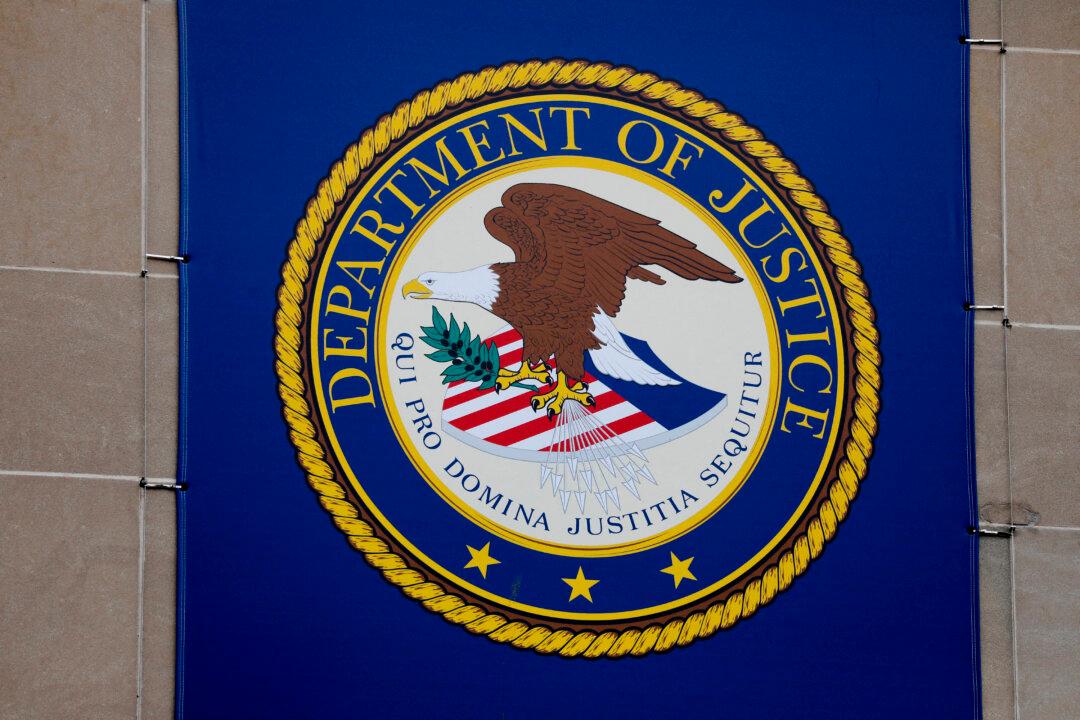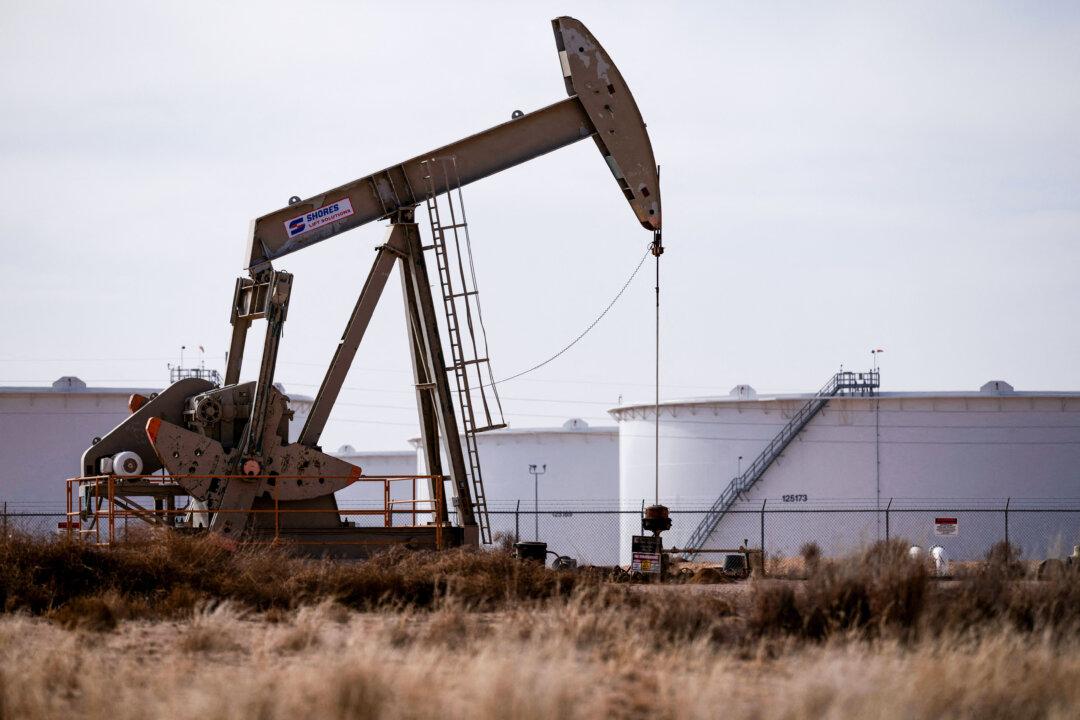The Biden administration is closing off almost half of the 23-million-acre National Petroleum Reserve in Alaska (NPRA) from oil and gas drilling, overturning a Trump-era policy that would have allowed oil development on more than 80 percent of the reserve.
It marks a return to an Obama administration plan to manage the area that would enable the administration to lease up to 52 percent of the reserve for oil and gas exploration.
Meanwhile, the remaining approximately 11 million acres (48 percent)—which includes the majority of lands within “special areas” and much of the coastal area of the reserve along the Beaufort Sea—will be closed off to oil and gas leasing.
“Today’s decision ensures the NPR-A will be managed consistent with the 2013 IAP, while including certain more protective lease stipulations and operating procedures for threatened and endangered species from the 2020 IAP/EIS, confirmed through consultation with the U.S. Fish and Wildlife Service and the National Marine Fisheries Service,” BLM said.
BLM said it had prepared a “Determination of National Environmental Policy Act Adequacy (DNA) for this action” and assessed the “associated subsistence evaluation and biological opinions, determining they remain adequate under NEPA, Section 810 of the Alaska National Interest Lands Conservation Act, and Endangered Species Act to support a new decision by the Department.”
NPRA is the country’s largest unit of public land and sits on the Alaska North Slope. It is owned by the federal government and managed by the Department of the Interior.
In 2019, the area generated more than $56 million in oil and gas lease revenue, which is authorized under the Naval Petroleum Reserves Production Act of 1976.
It is also home to protected “special areas” including Teshekpuk Lake and various wildlife such as brown bears, caribou, threatened polar bears, walrus, and endangered beluga whales, among others.

The Trump administration’s plan, aimed at creating a stronger and more energy-independent nation, would have allowed for oil and gas leasing across 18.6 million acres of the NPRA.
However, it also included various safeguards for wildlife and sensitive resources. The former president’s plan was challenged by two lawsuits filed in the federal court in Alaska and there was never a lease sale under it.
BLM said the new plan adopted this week provides “greater protections to environmental values and subsistence uses in the NPR-A while still allowing for oil and gas exploration and development consistent with BLM’s management responsibilities under the NPRPA.”
The decision—which comes amid increasingly volatile global oil prices—was praised by environmental groups on Monday.
“The previous administration’s move to open more than 82 percent of the reserve to oil and gas leasing failed to address the realities of the climate crisis or impacts to the region’s significant wildlife and wilderness values,” Alaska Wilderness League Conservation Director Kristen Miller said.
“Returning to the 2013 management plan is the right move in the near term and will restore protections to critical areas like Teshekpuk Lake.”
But Sen. Dan Sullivan, an Alaska Republican and supporter of expanded leasing, criticized the decision which comes at a time when energy security is low having been further exacerbated by Russia’s invasion of Ukraine.
“Ukrainian grandmothers are bravely standing up to tanks, but President [Joe] Biden can’t even bring himself to stand up to the woke left and unleash American energy production,” Sullivan said on Twitter.





